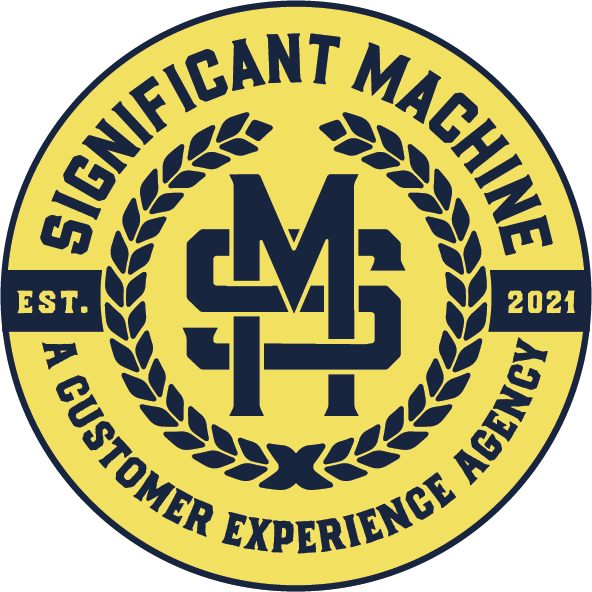Design operations, commonly known as DesignOps, is a practice that aims to optimize the design process by implementing efficient workflows, tools, and communication channels. DesignOps in an enterprise setting is critical to delivering successful digital products, ensuring consistency across teams and projects, and maximizing design resources.
Design Operations and Figma
One of the essential tools in DesignOps is Figma, a web-based design tool that enables real-time collaboration, prototyping, and design system management. Figma has become a popular tool in the design community due to its ability to increase efficiency and collaboration in the design process. It allows designers to work simultaneously on the same project, making design reviews and feedback faster and more effective.
Figma also offers design system management features, enabling teams to create and maintain a centralized library of design components, typography, and other design assets. Design systems help ensure consistency and efficiency by eliminating the need for designers to recreate the same design elements multiple times. Additionally, Figma offers plugins that extend its functionality, enabling teams to customize their workflow to meet specific project requirements.
Another critical aspect of DesignOps is governance models. Governance models provide guidelines and standards for the design process, ensuring that all teams are aligned on design goals and objectives. Governance models typically cover design principles, brand guidelines, design system components, and communication protocols. These guidelines help ensure consistency and quality across projects, regardless of the team working on them.
Steps to Creating a Governance Model
Creating a governance model for enterprises with multiple vendors and in-house resources can be challenging. Here are three tips for creating an effective governance model:
Involve all stakeholders in the design process To ensure that the governance model is effective, it is essential to involve all stakeholders, including designers, developers, product managers, and business leaders. This will help ensure that the governance model aligns with the business goals and objectives and that all teams are aware of the guidelines and standards.
Establish communication protocols. It is essential to establish communication protocols to ensure that all teams are aware of the governance model. These protocols should outline how information is communicated across teams, including collaboration tools like Figma, design reviews, and feedback loops.
Define clear ownership and responsibilities To ensure that the governance model is effective, it is essential to define clear ownership and responsibilities. This includes identifying who is responsible for maintaining the design system, managing the governance model, and ensuring that teams are following the guidelines and standards.
DesignOps is critical to delivering successful digital products in an enterprise setting. Figma is an essential tool in the DesignOps toolkit, providing teams with real-time collaboration, design system management, and customization capabilities. Governance models are also critical to ensuring consistency and quality across teams and projects. Enterprises can create an effective governance model that maximizes design resources and ensures successful product delivery by involving all stakeholders, establishing communication protocols, and defining clear ownership and responsibilities.
